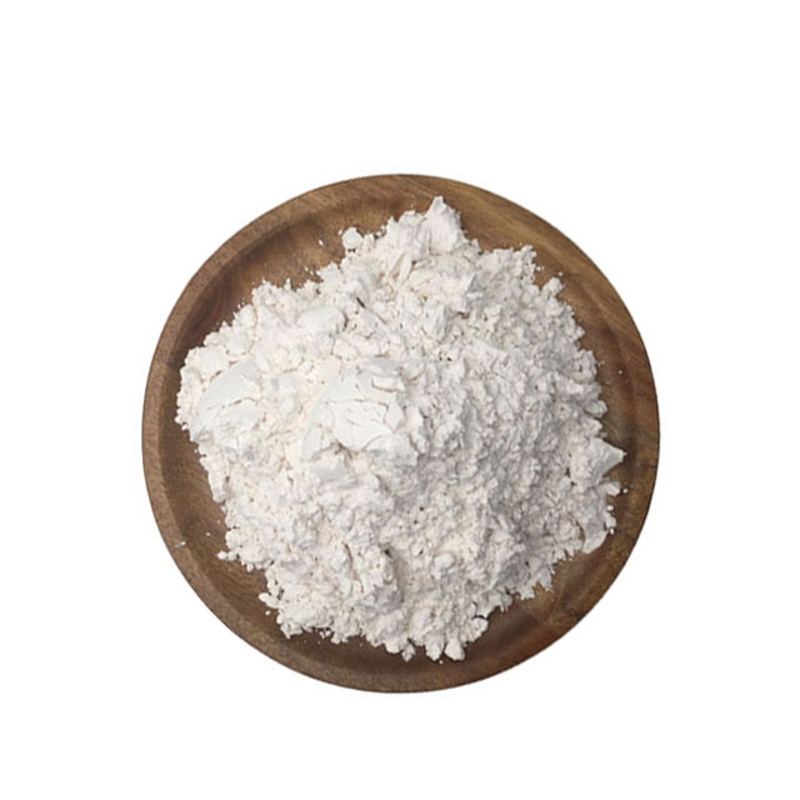-
Categories
-
Pharmaceutical Intermediates
-
Active Pharmaceutical Ingredients
-
Food Additives
- Industrial Coatings
- Agrochemicals
- Dyes and Pigments
- Surfactant
- Flavors and Fragrances
- Chemical Reagents
- Catalyst and Auxiliary
- Natural Products
- Inorganic Chemistry
-
Organic Chemistry
-
Biochemical Engineering
- Analytical Chemistry
- Cosmetic Ingredient
-
Pharmaceutical Intermediates
Promotion
ECHEMI Mall
Wholesale
Weekly Price
Exhibition
News
-
Trade Service
St-EPN is a malignant brain tumor found mainly in children.
according to the tumor site, it can be divided into on-screen type, off-screen type and spinal cord type three categories.
there is currently no effective chemotherapy programme and treatment is limited to surgery plus or no complementary radiotherapy.
is because a large proportion of tracheal melanomas are found in young children, and radiation therapy is not desirable because it can have harmful effects on the developing brain.
, there is an urgent need to develop targeted therapist treatments based on basic biology.
C11orf95-RELA has been known to be a carcinogenic driver of ST-EPN since 2014, and C11orf95 RELA fusion is the most common structural variant in approximately 70% of ST-EPNs.
stem cells converted from C11orf95-RELA can form brain tumors in mice.
, however, its role in tumor occurrence is not clear at the molecular level.
paper, the authors' team found that the C11orf95 component of the fusion protein determines DNA binding activity, while the RELA component is necessary to drive gene expression associated with tratermoblastoma.
epigenetics studies using the ChIP-seq and HiChIP methods showed that C11orf95 RELA regulates chromatin states and mediates chromatin interactions, leading to transcription reprogramming of cergioma cells.
the findings of this paper provide an important epinsis for the molecular mechanism of C11orf95 RELA fusion, and provide a basis for the potential therapeutic target of C11orf95 RELA subsysmblast membrane tumor.
results show that, contrary to the hypothesis that C11orf95 RELA chamber membrane tumors are driven by fused RELA components, the binding affinity between fusion proteins and DNA is determined by C11orf95 components.
role of the RELA group is to stabilize the DNA binding of the fusion protein and provide its activation domain to drive the expression of the target gene.
methods: HEK293T and its derived G16-2, G16-3, G16-4 cells, and BXD-1425-EPN cells improved Eagle cultures in Durbeko (Sigma), which contains 10% fetal bovine serum (Lonza), 4% glutamine (Gibco), 1% sodium acetone (Gibco) and penicillin streptomycin (Gibco).
culture box conditions are 37 degrees C and 5% CO2.
2 days of treatment with 1 μg/ml polycycline to induce overexposing of proteins in G16-2, G16-3 and G16-4 cells.
to build G16-2, G16-3, and G16-4 cell line, HEK293T cells were inoculated in a 12-well plate at a density of 1.5 x 105 cells per hole the day before transfeding.
before conversion, change the culture base to a culture that contains 10 μg/ml polycoagide, 1 ml per hole.
250 μl each virus is added to each hole and cultured overnight.
the culture base 24 hours after trans-dyeing.
4 days after trans-dyeing, the cells divide.
5 days after transfeding, add a medium containing antibiotics (2 μg/ml of penicillin) to each hole in a replication plate.
antibiotic selection lasted at least 2 weeks before antibiotics were used in downstream trials.
In summary, although this study presents for the first time the supergenetic and transcriptional characteristics of C11orf95-RELA fusion protein-induced genetic procedures, future studies of other ST-EPN-RELA cell line and primary tumors will further establish core procedures and subtype differences, which are critical to the development of accurate and personalized treatments for this devastating cancer.
Zhu, J.J., Jillette, N., Li, X. et al. C11orf95-RELA reprograms 3D epigenome in supratentorial ependymoma. Acta Neuropathol (2020). MedSci Original Source: MedSci Original Copyright Notice: All text, images and audio and video materials on this website that indicate "Source: Mets Medicine" or "Source: MedSci Originals" are owned by Mets Medicine and are not authorized to be reproduced by any media, website or individual, and are authorized to be reproduced with the words "Source: Mets Medicine".
all reprinted articles on this website are for the purpose of transmitting more information and clearly indicate the source and author, and media or individuals who do not wish to be reproduced may contact us and we will delete them immediately.
reproduce content at the same time does not represent the position of this site.
leave a message here.







